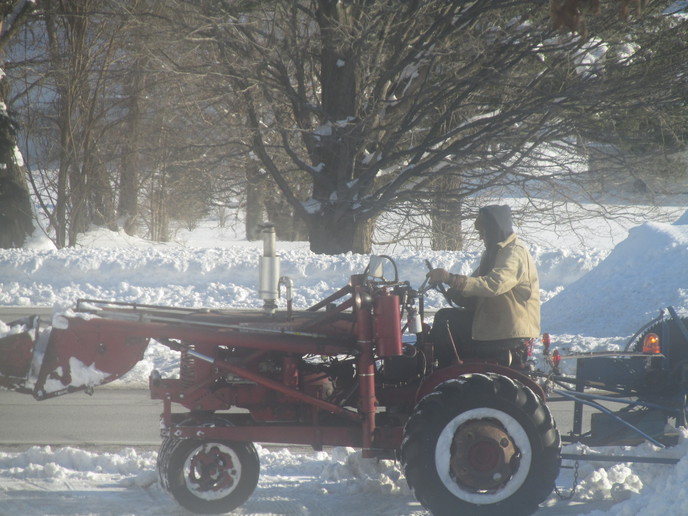I have a Case 830 i rebuilt last year and it ran well all Summer. I started it up at around 5 degrees outside and it fired right up, ran about 10 seconds and died like it ran out of fuel. kept doing this, had to play with the choke a lot and eventually can keep it running. When running it will do for for a while and then start acting like it is running out of fuel again. If i throttle down it will die. If I sit a minute it starts right up.
The fuel glass is clear. Outside of the intake manifold is iced up, makes me wonder if it is iceing up inside.
The fuel glass is clear. Outside of the intake manifold is iced up, makes me wonder if it is iceing up inside.


